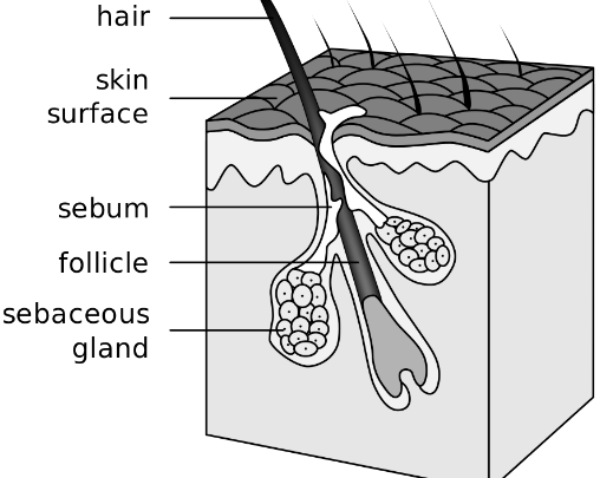What is Wash Day
Wash day today for attention-getting hair tomorrow
Ahhhhhh wash day. The day we black women set aside to treat, clean and groom our locks. For some, the wash day ritual is a trip to the salon, where you gather with friends, discuss life’s challenges, and wait for your turn in the chair.
For others, wash day is your pre-determined day of self-haircare. Your chance to apply the techniques that best suit your hair type. (If you haven’t determined your hair type yet, consult our articles on the Andre Walker hair typing system, LOIS or FIA hair typing systems.
I don’t know about you, but my wash day tends to be just that—a day with my hands in my hair. From detangling, to washing, to conditioning, oiling, drying and sometimes setting, my hair is definitely of the high-maintenance variety.
Aside from providing an excuse to stay in, introducing wash day into your routine will be the first step to your healthiest hair ever. It will help you to minimize dryness, maximize moisture retention and keep breakage at bay.
Say, “No way,” to every day hair washing
Black hair has a unique set of challenges. Because it tends to be drier than hair of other races, it should not be washed daily. Traditional hair washing can strip your hair of the natural oils, or sebum, your follicles produce and lead to dryness.
If your hair type is naturally dry, like mine, frequent washing will increase this dryness and lead to damage. If your hair is gasping for moisture, it will be less pliable and more likely to break from manual manipulation. Not enough washing and your hair may experience increased matting and tangling.

Photo source: https://www.sciencealert.com/how-often-you-should-wash-your-hair-according-to-science
Hair Moisture: It’s a balancing act
Between retaining moisture and injecting moisture, striking a balance is key to optimal hair health and growth.
The sebum that is produced in the hair follicle is your built-in moisture center. Sebum not only conditions the hair and skin on the surface; it also, blocks moisture loss internally.
Unfortunately, the nature of curly hair prevents sebum from easily spreading down the shaft of your hair, leaving the majority of the hair shaft dry. I wish I had known this years ago!
Adding moisture to your hair externally is only effective if you apply a moisture-locking product to your newly washed hair. Understanding the porosity of your hair is part of the process. The more porous your hair is, the more externally applied moisture will simply run out of it.
Some advocate increased water consumption and change of diet to improve hair moisture and health.
Others suggest finding and applying products that are the most similar to the chemical makeup of sebum, since sebum is 50% water.
Coconut oil has an affinity for the keratin protein found in the hair shaft. Because of that, coconut oil will naturally penetrate the hair cuticle and lock in moisture.
Wash Day: Make it personal
How often you wash your hair is entirely dependent on your hair type, not to mention your genetics. The more that your hair is washed, the more your scalp gets dried out. This leads to more oil production than before, thus negating what you’re trying to do in the first place.
Wash day doesn’t have to be groundhog day
Every wash day does not have to be the same. On the one hand, it’s nice to incorporate a routine. You can effectively zone out and turn wash day into a zen experience.
On the other hand, your wash day can potentially be a cycling through of different scheduled repair treatments.
Depending on how frequently you wash plus the overall condition of your hair, you may want to add deep conditioning, protein treatments, or even hot oil applications to your rotation.
Make washday a treat not a chore
With wash day on the calendar, remember that this day is not meant to be a chore. Treat it as an invitation to pamper yourself and call it a spa day. Aside from trying different hairstyles from one wash day to the next, you have the opportunity to enhance your spa experience while you’re in the drying phase:
- Include a manicure or pedicure,
- Indulge in a good book,
- Catch up on your favorite romantic comedy, or
- Exfoliate from head to toe and soak in a scented bath.
Approach it head first
Different hairstyles may require different products for best results, and we don’t just mean finishing products. Because of this, first determine the finished style you are trying to achieve and make sure you have an adequate supply of product on hand.
When you look good, you feel good. Your hair is ultimately a statement of your style, personality and identity.



